With the evolution of society, modern individuals have a wide variety of hobbies and interests, and so did ancient Chinese people. We have gathered 8 traditional hobbies from ancient China to explore the interesting activities of the past.
Visiting temples
In the agricultural society where the means of production were not yet developed, people of all ages and genders revered mysterious powers and often went to temples to seek peace. For instance, in the early days, people worshipped the Chenghuang Temple, which was believed to protect peace in a particular area.
During the Tang and Song dynasties, the entertainment activities in temples gradually increased, attracting many ancient people to visit. There were various performances, including acrobatics, singing, and dancing.
Watching performances
During the Tang Dynasty, Canjunxi (参军戏) was very popular. Actors dressed up as Canjun, and another actor performed jokes and funny acts. It was similar to how modern young people like to watch crosstalk and stand-up comedy shows. At that time, people could resolve their troubles by watching a "Canjunxi" show.
Collecting figurines
"Mo He Le (磨喝乐)" was a beloved toy of young people in ancient times, mainly in the form of a child. According to "Dongjing Meng Hua Lu", during the Qixi Festival in the Song Dynasty, whether it was the nobles or the common people, they all used "Mo He Le" to offer sacrifices to the Cowherd and Weaver Girl, in order to realize their wishes of begging for cleverness and having many children. Later on, "Mo He Le" not only had the image of a child, but also gave rise to many other images, with a modern sense of garage kit.
Drink Tea
In the Song Dynasty, people of all ages and genders loved to drink tea. If you have watched the TV drama "A Dream of Splendor", you must know the enthusiasm of the Song Dynasty people for drinking tea. The most leisurely people of the Song Dynasty would definitely choose to go to the teahouse to drink tea.
Strictly speaking, the tea that people drank at that time was not simply tea leaves soaked in water, but tea cakes ground into powder, which were then whisked with a tea whisk to ensure that the tea foam floated to the surface and formed a perfect tea surface. Although the techniques were different, the tea master could also draw various beautiful patterns on the tea surface.
Tabletop game
In order to entertain as a group, there were also traditional tabletop games in ancient China. In the Wei, Jin, Southern, and Northern Dynasties, the ancient people invented billiards - "Tan Qi", was mainly popular among the palace and literati.
In "Tan Qi", one needs to shoot their own chess pieces into the hole. In order to reduce friction, the chess player often sprinkles talcum powder on the chessboard, which is very similar to the modern way of playing billiards.
There were also board games similar to chess, such as "Liu Bo". A set of "Liu Bo" includes chess pieces, a chessboard, and chopsticks, which are small sticks made of bamboo or other materials, similar to the dice we use now. The gameplay is to first throw the chopsticks, and then move the chess pieces and eat the opponent's specific chess pieces according to the result, which is considered a victory.
Cuju
Football games had a similar sport in ancient China called Cuju.
In addition to Cuju, ancient China had other ball games, such as Ma Qiu (马球), also known as "Jiju (击鞠)".
Ma Qiu first became popular during the Han Dynasty as an equestrian sport that involved hitting the ball while riding a horse. Modern people also call it "golf on horseback". Many emperors of the Tang Dynasty were enthusiasts of Ma Qiu, and it even made its way onto the diplomatic stage, becoming a necessary entertainment item when receiving foreign envoys.
A game of similar golf is an ancient Chinese game of "Chui Wan (锤丸)", also known as "strike the ball with a stick", is played similarly to modern golf.
Swing
During the Northern Song Dynasty, there was a water-based competitive sport called "water swing". "Water swing" is a highly difficult water sport that is somewhat similar to modern high diving, and therefore is mostly a competitive sport for young people.
According to the description in Dongjing Meng Hua Lu, "water swing" is played like this: a swing is erected on a boat, and a person stands on the crossbar and swings vigorously. When swinging to the highest point, the person lets go and jumps into the water, doing somersaults and flips.
Archery
During the Eastern Han Dynasty, Luoyang was the capital city of the country and various archery competitions were held there.
The colored pottery figurines unearthed from the Han Dynasty tombs in Luoyang, such as the this figurines, are shaped like someone pulling a bow and shooting arrows.
During the Wei, Jin, Southern and Northern Dynasties, archery became a professional competition, and even ancient sports trophies made of bronze appeared.
That's all for today's sharing. Do you know any other traditional hobbies in ancient times? Let's discuss in the comments.
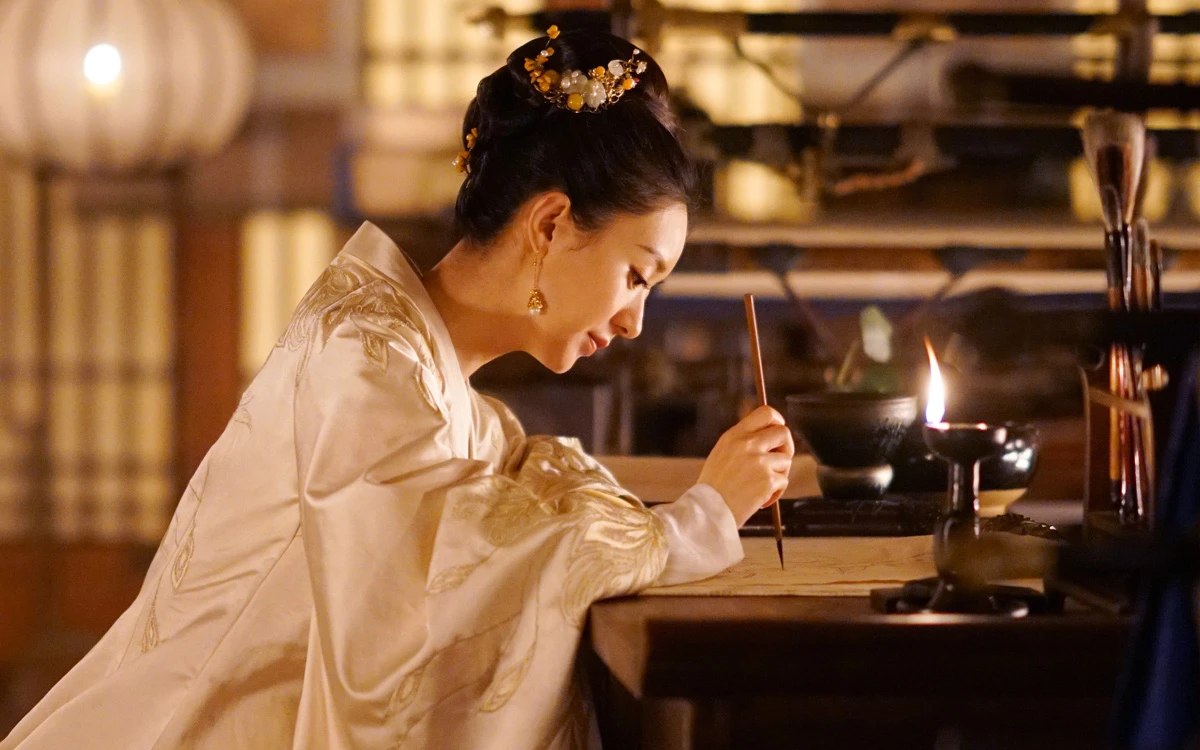
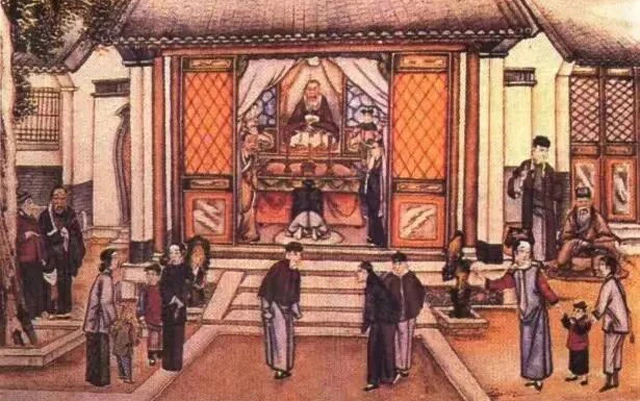
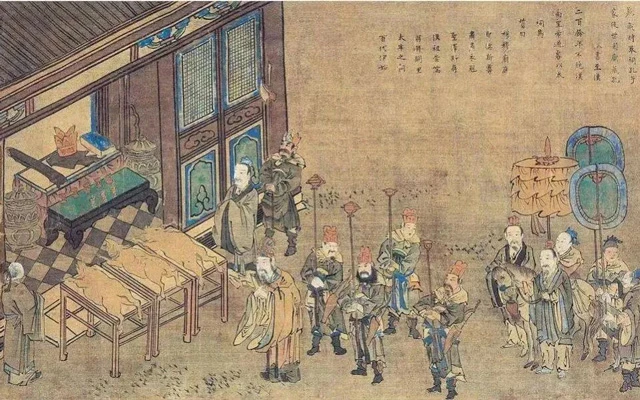
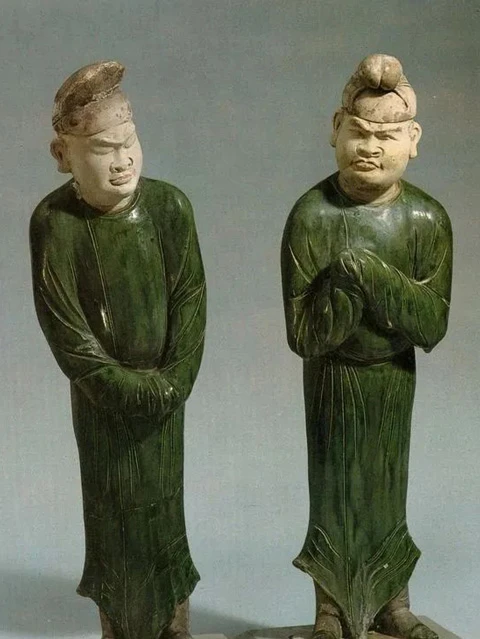
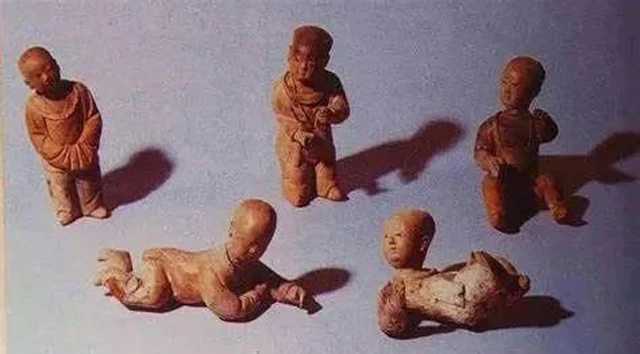
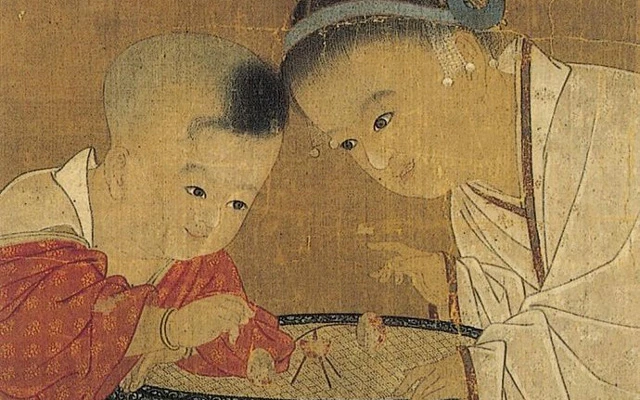
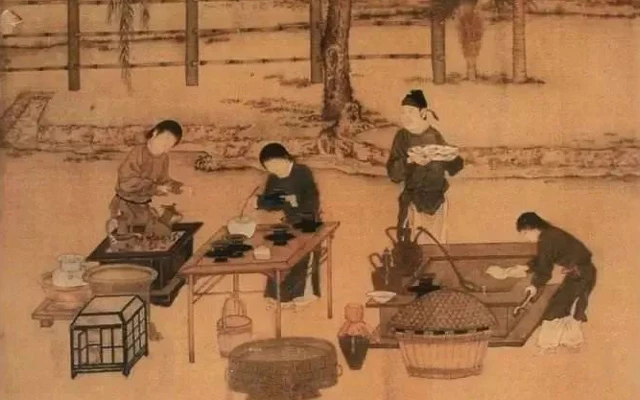
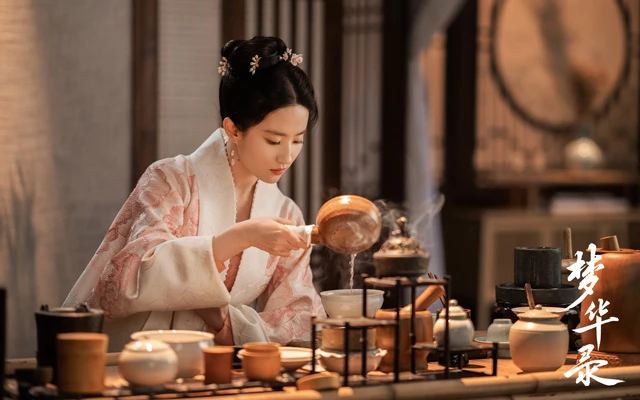
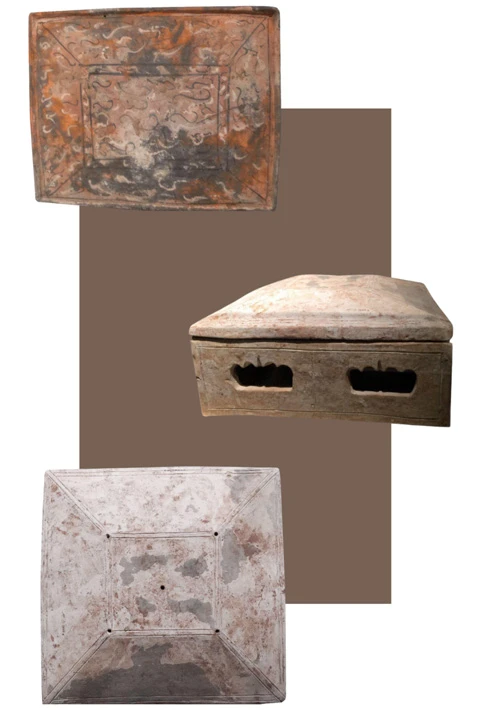
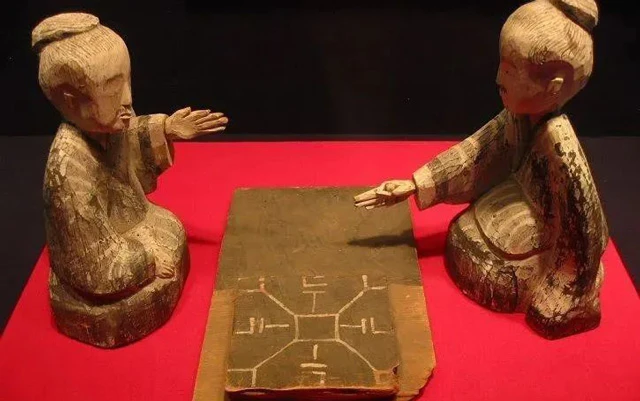
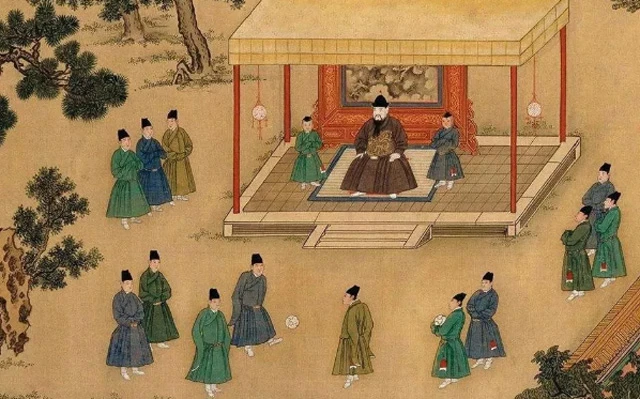
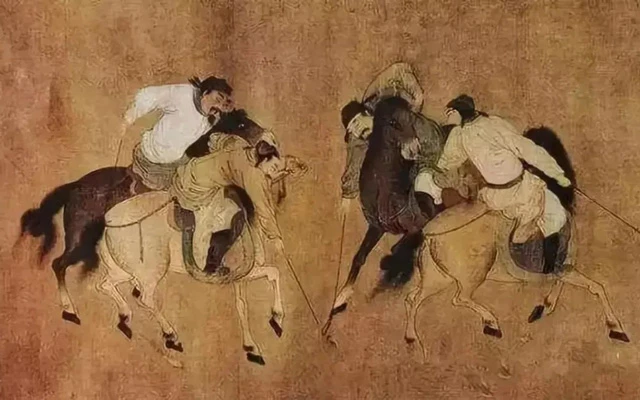
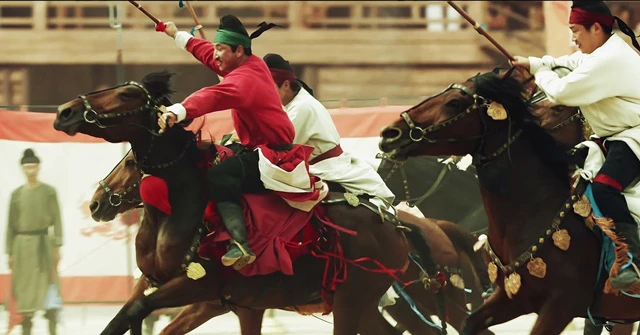
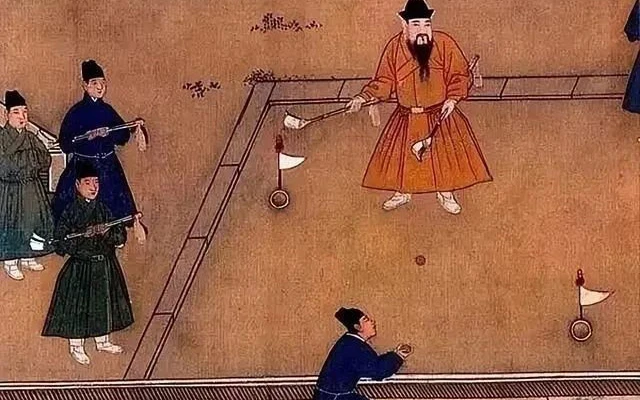
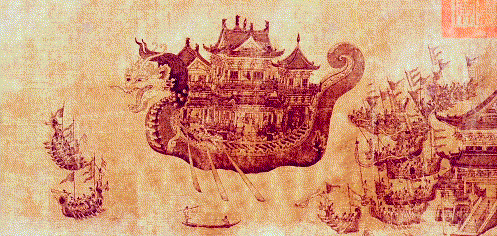

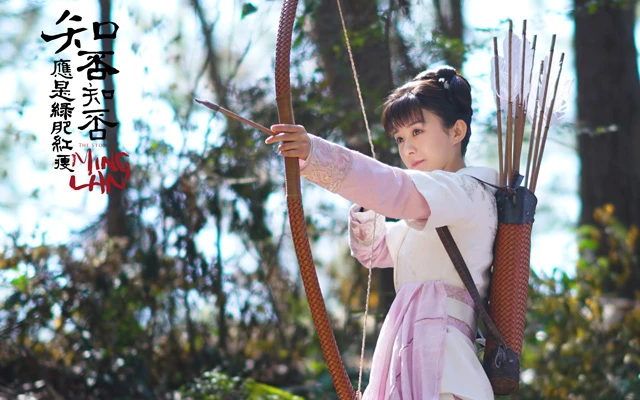


Wow, thanks for the article👍
Good hobbies
Its funny play
Thank you for articel